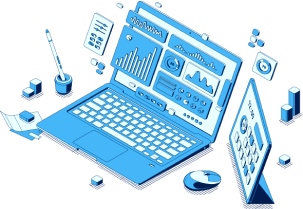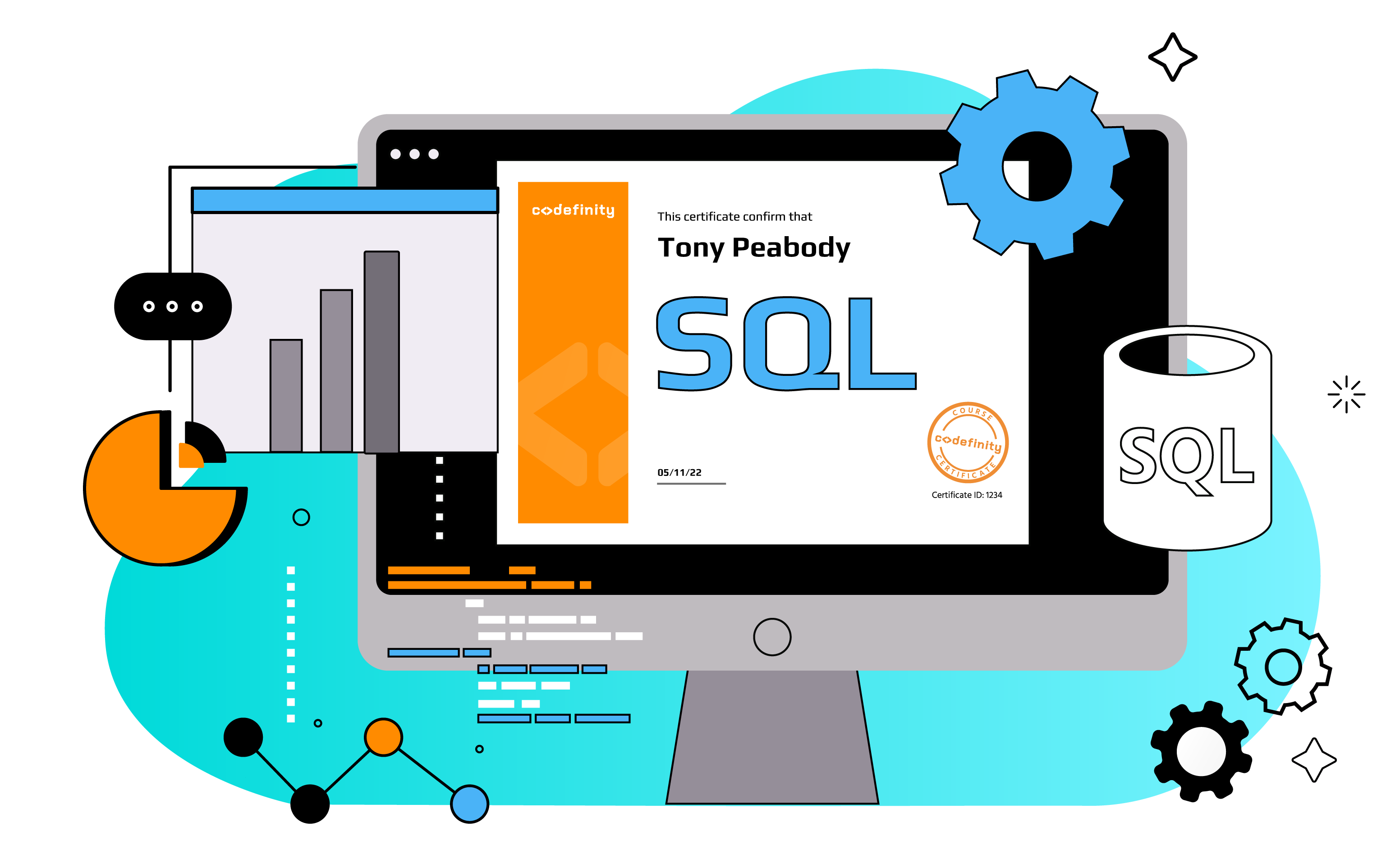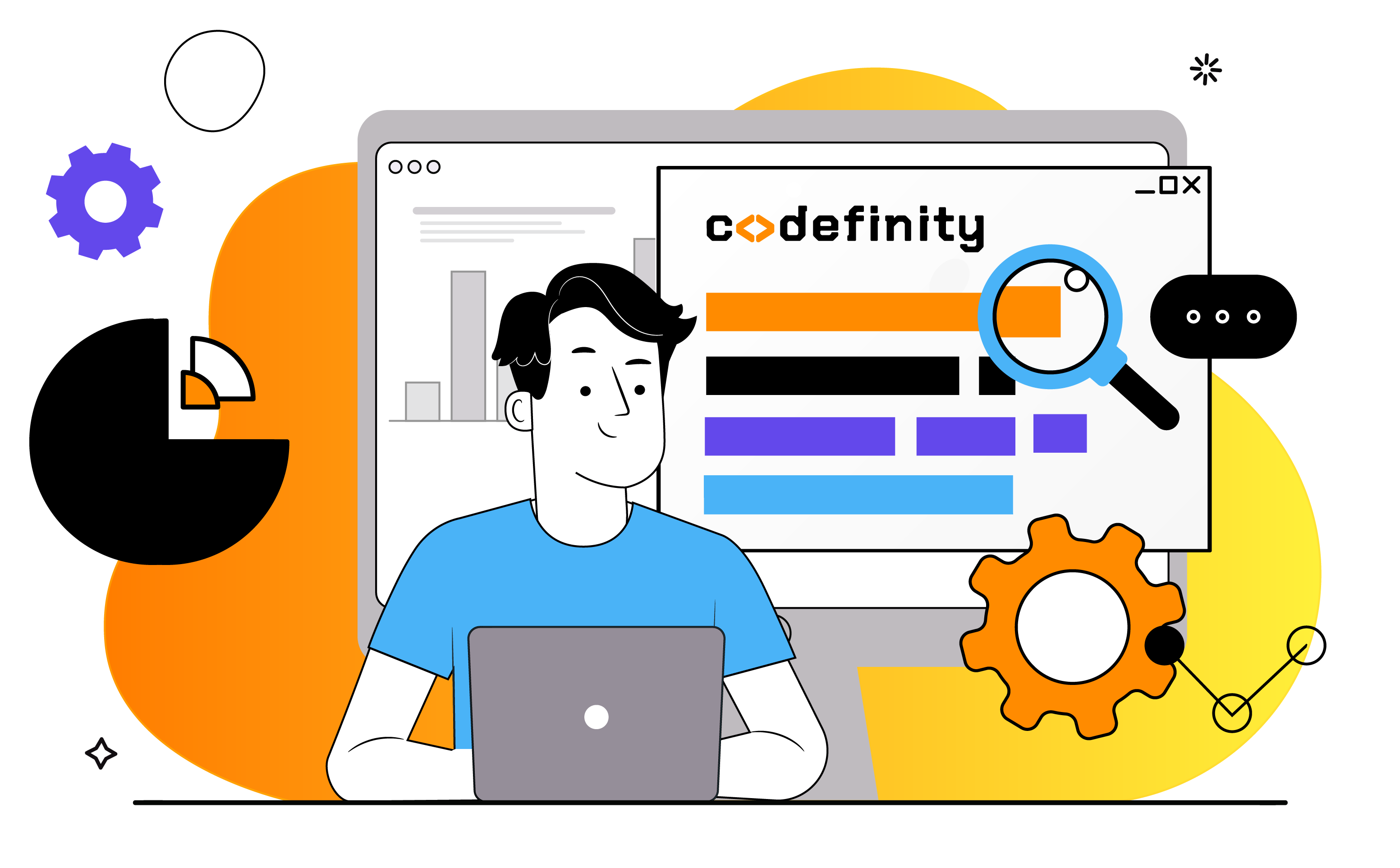Related courses
See All CoursesUltimate Guide to Time Series Analysis and Forecasting
Unraveling the Mysteries of Data Over Time

In the ever-evolving field of data science, Time Series Analysis and Forecasting stand out as key pillars. This guide aims to demystify these concepts, presenting them in a digestible format for beginners. By understanding how to analyze and predict trends over time, you'll unlock new insights and opportunities in various domains, from finance to meteorology.
What is Time Series Analysis?
Time series analysis is a statistical technique that deals with time-ordered data points. By examining these data points, analysts can uncover patterns, trends, and seasonal variations, which are essential for making predictions or understanding underlying phenomena.
For example, consider a dataset of daily temperatures over a year. Through time series analysis, we can identify patterns like warmer temperatures in summer and colder in winter, or spot unusual fluctuations that might indicate climate change.
Components of Time Series
- Trend: This refers to the long-term progression of the dataset, like a gradual increase in urban temperatures over decades due to global warming.
- Seasonality: These are patterns that repeat at regular intervals, such as increased ice cream sales during summer months.
- Noise: This is the random variation in the dataset, often caused by unpredictable or random factors.
Run Code from Your Browser - No Installation Required

Forecasting Methods
1. Moving Averages
This method involves averaging data points over a specific time frame to smooth out short-term fluctuations and highlight longer-term trends. It’s particularly useful for identifying trends in volatile data series.
2. Autoregressive Integrated Moving Average (ARIMA)
ARIMA is a more sophisticated technique that combines autoregression (using previous values to predict future values), differencing (removing trends and seasonality), and moving averages. It's well-suited for non-stationary data where the statistical properties change over time.
3. Seasonal Decomposition
This method breaks down a time series into seasonal, trend, and residual components. It helps in understanding the different factors influencing the data and is particularly useful in industries with strong seasonal trends, like retail sales.
Evaluating Forecast Accuracy
It's crucial to assess the accuracy of your forecasts. This helps in refining models and improving predictions. Key metrics include:
- Mean Absolute Error (MAE): The average of the absolute differences between forecasted and actual values. It gives an idea of the magnitude of errors.
- Mean Squared Error (MSE): The average of the squared differences between forecasted and actual values. It penalizes larger errors more severely than MAE.
- Root Mean Squared Error (RMSE): The square root of MSE. It's useful because it's in the same units as the original data.
Case Study: Forecasting Sales Data
Let’s now walk through a practical example using sales data. The process would involve gathering historical sales data, performing exploratory analysis to understand trends and seasonality, selecting an appropriate model (like ARIMA), and then using this model to make future sales predictions. The key here is to use past sales trends to forecast future demand accurately, aiding in inventory management and marketing strategies.
Start Learning Coding today and boost your Career Potential

Advanced Techniques in Time Series Analysis
Once you're comfortable with basic methods, you can explore advanced techniques:
- Machine Learning Models: These can handle complex patterns and interactions in data.
- Deep Learning (e.g., LSTM networks): Long Short-Term Memory networks are particularly good for sequences and can handle very long time series.
- Hybrid Models: Combining classical statistical approaches with machine learning techniques to leverage the strengths of both.
Tools and Libraries for Time Series Analysis
Python offers several libraries:
- Pandas: Ideal for data manipulation and cleaning.
- Statsmodels: Offers various statistical models for time series analysis.
- Scikit-learn: Useful for implementing machine learning algorithms.
- TensorFlow/Keras: Excellent for building deep learning models.
FAQs
Q: Do I need prior programming experience to learn time series analysis?
A: Basic knowledge of Python is beneficial, but beginners can learn time series analysis effectively with the right resources.
Q: How does time series analysis differ from other types of data analysis?
A: Time series analysis is unique as it deals with data points collected in time order, focusing on trends and patterns that evolve over time.
Q: What are the main challenges in time series forecasting?
A: Challenges include dealing with seasonality, trend, and noise in the data, and choosing a model that accurately captures these elements.
Q: Can time series analysis be applied to any industry?
A: Yes, it's versatile and can be applied in various fields like finance, meteorology, economics, and more.
Q: What is the importance of data preprocessing in time series analysis?
A: Proper preprocessing, like handling missing values and outliers, is crucial for accurate modeling and forecasting.
Q: Do I need advanced mathematical skills to understand forecasting methods?
A: While a basic understanding of mathematics is helpful, many forecasting methods and tools simplify the process, making it accessible to those without a deep mathematical background.
Q: Is it better to use simple or complex models for time series forecasting?
A: It depends on the data and the specific use case. Simple models are more interpretable and require less computational resources, while complex models can capture more nuanced patterns but may be prone to overfitting.
Q: How do I know if my time series model is overfitting?
A: Overfitting can be identified if the model performs exceptionally well on the training data but poorly on the test or new data. Regular validation and cross-validation techniques are essential to prevent overfitting.
Related courses
See All CoursesData Analyst vs Data Engineer vs Data Scientist
Unraveling the Roles and Responsibilities in Data-Driven Careers
by Kyryl Sidak
Data Scientist, ML Engineer
Dec, 2023・7 min read

Top 3 SQL Certifications
How to Confirm Your SQL Skills
by Daniil Lypenets
Full Stack Developer
Sep, 2023・9 min read

10 Essential Python Libraries Every Data Scientist Should Master
Python Libraries for Data Science
by Andrii Chornyi
Data Scientist, ML Engineer
Nov, 2023・7 min read

Content of this article